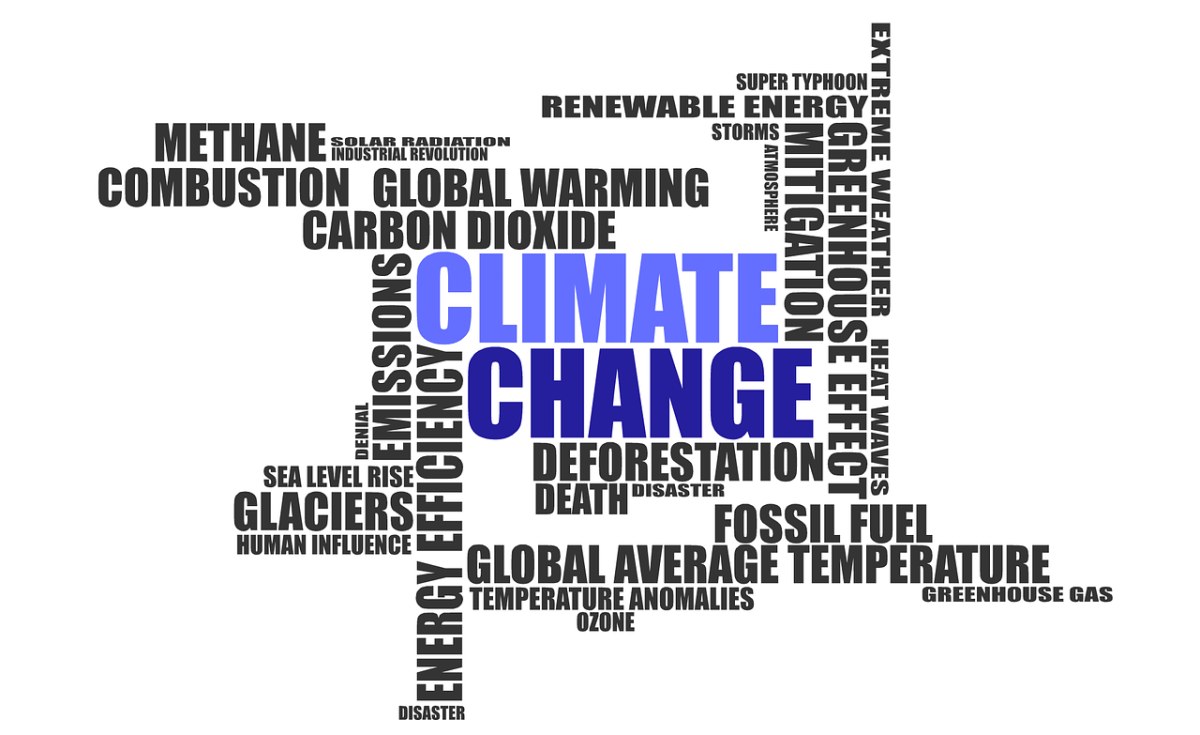To combat the climate crisis and secure a safe future below 1.5°C, the world needs to cut emissions of planet-warming greenhouse gasses by 50 per cent within the decade.
For many, ambitious targets such as this can induce a sense of dread and paralysis. But experts say there is a lot we can do as individuals to counter climate change.
Research shows that lifestyle changes could help the planet slash emissions by up to 70 per cent by 2050.
We sat down with Garrette Clark, an expert in sustainable living with the United Nations Environment Programme (UNEP), to learn more about what people and policymakers can do to make sustainable choices to help secure a healthier planet.
We’re facing a triple planetary crisis that threatens our survival so our impact on the natural world is an obvious concern.
Garrette Clark, UNEP
Why is it important for people to consider their individual impact on the planet?
Garrette Clark (GC): We’re facing a triple planetary crisis that threatens our survival, so our impact on the natural world is an obvious concern. An increasing number of people know this but tend to avoid acting on it as the problem can seem abstract, they don’t know what to do, and they have more immediate priorities.
How do our choices as consumers impact the planet?
GC: First, we need to understand that consumers are not only individuals. Great drivers of consumption are businesses and governments, who structure and influence the systems that meet our needs. So, it’s important that people make more informed decisions and ask governments and business to take action. UNEP recently launched Act Now: Speak Up, a campaign that showcases how citizens can compel governments and businesses to up their climate game.
What does a sustainable lifestyle look like in 2022?
GC: I think we hear the word sustainable everywhere these days. We think of sustainable living as the positive things we can do in our daily lives to live better. But given the climate, biodiversity and pollution emergencies, we need to be clear on what those actions are and ensure that everyone needs to be taking them.
If someone wants to live more sustainably, where can they start?
GC: UNEP has made this super easy with the Anatomy of Action, an online media tool which translates the science into action. It all comes down to five domains: food, mobility, stuff, money and fun. In each of those areas, the top three things people could do are highlighted. Now they can be different depending on where and how they live and resources available, but within these three priority actions, there are opportunities for people to take action.
People around the world are talking about what’s known as the 1.5°C lifestyle, a way of living that aims to keep alive the Paris Agreement goal of limiting global warming to 1.5ºC, considered a red line for the planet. Can you tell us more about that ethos?
GC: The 1.5°C lifestyles idea is tied to evidence and what we know about how individuals, governments and business consume. We know we have to change our consumption in the areas of food, mobility, housing and leisure, and we need to change quickly and drastically. 1.5°C living is a guide for change.
How do you convince someone to change the way they live?
GC: In general, people don’t think about how they impact the planet – positively or negatively – and will tend to act if something is easy, accessible, affordable and attractive. That’s why government and business, who are better placed to make systemic changes, are critical to making sustainable living the default option.
What will it take for sustainable living to become the norm?
GC: In addition to the affordability, accessibility and attractiveness of sustainable goods and services, there must be a broader integration of sustainable living into cultural norms so that people don’t think about it as being special but just as the way it goes. If sustainable living practices were featured more in the media stories we’re exposed to, they would become the standard.
What’s one example of that?
GC: If in TV series and movies we saw more vegetarian protagonists eating right-sized meals of tasty, plant-based dishes, swapping proteins would be normalized and desirable. Making sustainable living the new normal means looking at the forces that influence and shape our aspirations and behaviors and integrating sustainability into them.
Some people might wonder: Why should I make sacrifices if my neighbour isn’t?
GC. To counteract the others-don’t-act-why should-I? attitude, all the actors involved – businesses, governments and civil society – should be aligned on the impactful actions to be taken. The evidence is there. The challenge is to enhance understanding and weave together the multitude of actions in a concerted fashion to harness the power of people for change.
UNEP is at the forefront of supporting the Paris Agreement goal of keeping global temperature rise well below 2°C, and aiming for 1.5°C, compared to pre-industrial levels. To do this, UNEP has developed the Six-Sector Solution, a roadmap for reducing emissions across sectors in line with the Paris Agreement commitments and in pursuit of climate stability. The six sectors identified are: energy; industry; agriculture and food; forests and land use; transport; and buildings and cities.
Source link

